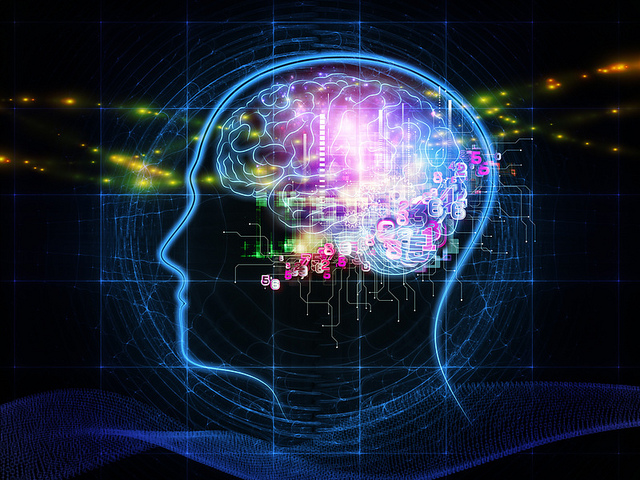One of the most complex organs in the human body is the brain. Like any mystery novel the brain is both mysterious and intricate, the more scientists know about it the plot thickens. The functioning of this organ determines whether a person is alive or dead. As the saying goes big things come in small packages, the brain which weights approximately 1500 gram has billions of nerve cells, neurons and grey matter which help in establishing connection with the other parts of the body. In an adult brain there are approximately 300 trillion connections! So from these facts it is quite clear that creating an accurate 3D model of the brain’s white matter would have been quite a gigantesque task.
This year, the Franklin Institute enticed the world with a very innovative project named “Your Brain”. The “Your Brain” Exhibition contained novel objects based on the human mind. The show stopper of the exhibition was the brain’s white matter which proved to be the masterpiece of both science and art. The most amazing part was that the model was entirely made of parts which were generated from a 3D printer. Dr. Jaytari Das, the chief bio-scientist at the Franklin Institute, who is also the lead exhibit developer said, “Our philosophy behind our exhibits is to make real science approachable through hands-on, engaging exhibits. From an educational point of view, we knew that the concept of functional pathways needed to be an important aspect of brain science that was addressed in the exhibit, and diffusion tensor imaging gets to the heart of the real science through which scientists try to understand the wiring of these pathways. The 2D images we had seen were really beautiful, so we thought that a large-scale 3D print would be perfect as an intriguing, eye-catching sculpture that would serve as both a unique design focus and a connection to research.”
The 3D printer that was used by the team was a Pro HD 60 SLS 3D printer in order to print 26 inches long model in 10 different pieces. It took a lot of time to print each piece. In order to achieve this goal the team took help from an American company named, American Precision Printing. There were approximately 2, 000 strands that made the model and most of the strands had to be fixed properly since there were 10 different pieces. After hours of patience and hard work the brain was finally finished. According to Dr. Henning U. Voss, Associate Professor of Physics in Radiology at Weill Cornell Medical College, “The 3D printed model is awesome and utterly exceeds even my most optimistic expectations. This was a fantastic project with an amazing team of people who made it come together.”
Dr. Das also said, “It has really become one of the iconic pieces of the exhibit. Its sheer aesthetic beauty takes your breath away and transforms the exhibit space. The fact that it comes from real data adds a level of authenticity to the science that we are presenting. But even if you don’t quite understand what it shows, it captures a sense of delicate complexity that evokes a sense of wonder about the brain.”
Image Credit: Saad Faruque (flickrhandle: cblue98)
